The history of urban development in Seattle and Bellevue, Washington, is marked by significant transformations, economic growth, and cultural changes. Here’s an overview of the urban development history of these two cities:
Seattle:
- Early Settlement and Growth (1850s-1880s):
- Seattle’s history began with the arrival of settlers in the mid-19th century during the Puget Sound Gold Rush.
- The city quickly developed as a logging and shipping center due to its strategic location on the Puget Sound.
- Economic Boom and Infrastructure (Late 19th Century):
- The arrival of the Great Northern Railway in the late 19th century further boosted Seattle’s economic growth.
- The city became a hub for timber, coal, and shipping industries.
- Alaskan Gold Rush (1890s):
- Seattle experienced another economic boom with the Klondike Gold Rush, solidifying its status as a major port city.
- The city’s population grew rapidly, leading to increased demand for housing and infrastructure.
- Post-World War II Era (1940s-1960s):
- Seattle’s economy diversified with the growth of aerospace, particularly with companies like Boeing.
- The construction of the Interstate Highway System and the expansion of suburbs influenced the city’s urban form.
- Tech Boom (Late 20th Century):
- The late 20th century saw the rise of Seattle as a technology hub, with companies like Microsoft and Amazon establishing their headquarters in the region.
- This led to increased urbanization and a surge in the demand for commercial and residential spaces.
- 21st Century Development:
- Seattle’s skyline has undergone significant changes with the construction of modern high-rise buildings.
- The city has experienced population growth, leading to efforts to accommodate increased density and improve public transportation.
Bellevue:
- Early Suburban Development (Early to Mid-20th Century):
- Bellevue started as a rural suburb but experienced growth in the mid-20th century due to its proximity to Seattle.
- The construction of the Lake Washington Floating Bridge in 1940 facilitated easier access between Bellevue and Seattle.
- Economic Growth and Urbanization (1970s-1980s):
- Bellevue transformed into a major business center with the development of office complexes and retail spaces.
- The Bellevue Square shopping mall, opened in 1946, played a key role in the city’s economic development.
- Tech Industry Expansion (1990s-Present):
- Similar to Seattle, Bellevue has benefited from the growth of the technology sector.
- The city has become a hub for tech companies, attracting professionals and contributing to economic prosperity.
- Urban Redevelopment (2000s-Present):
- Bellevue has seen ongoing urban redevelopment projects, including the construction of high-rise buildings and the enhancement of public spaces.
- Efforts have been made to create a more walkable and livable urban environment.
Both Seattle and Bellevue continue to evolve, with ongoing efforts to balance economic development, urban planning, and environmental sustainability in the face of population growth and technological advancements.

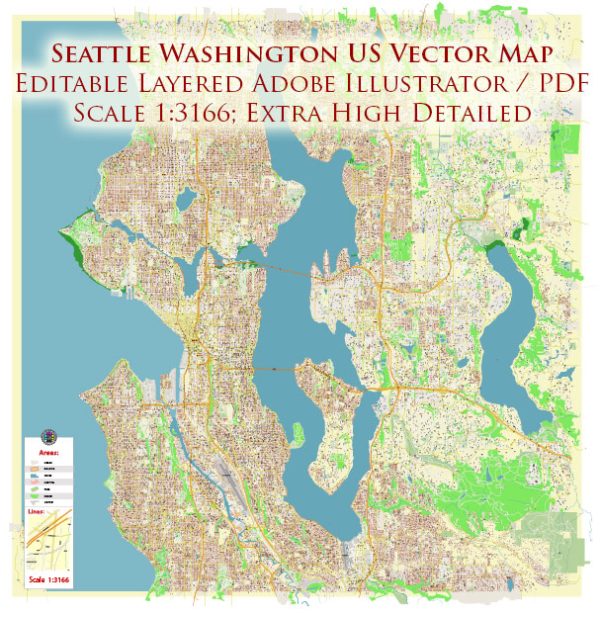
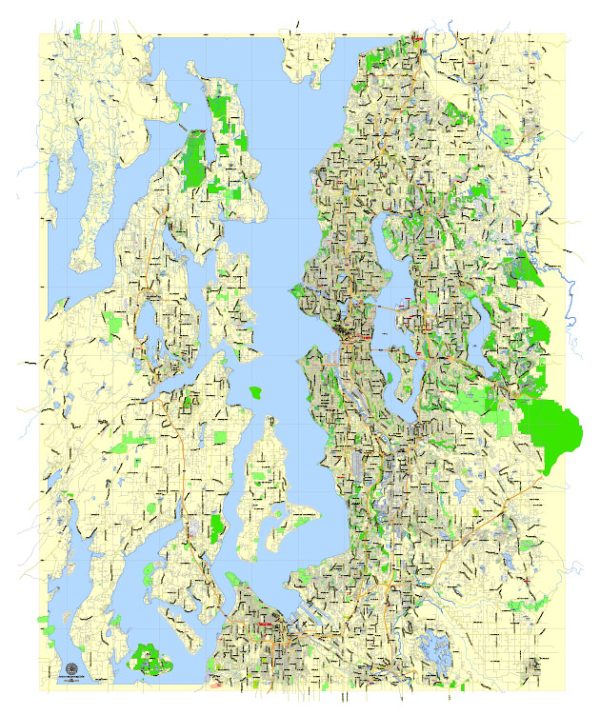
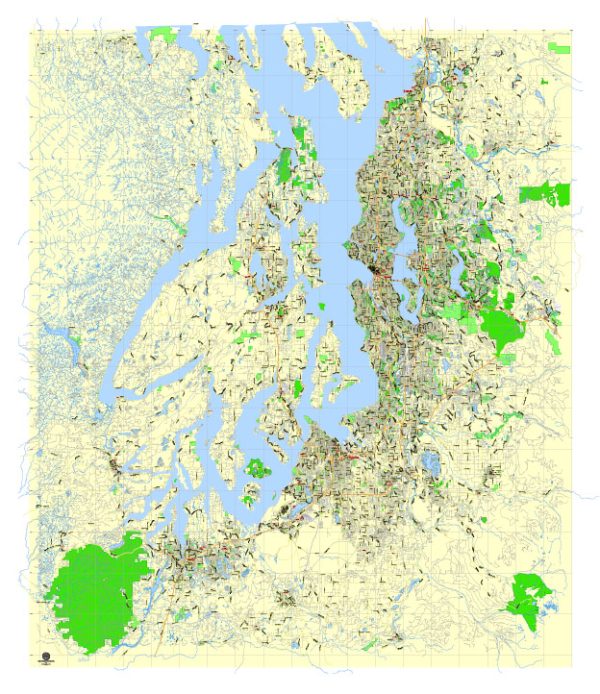
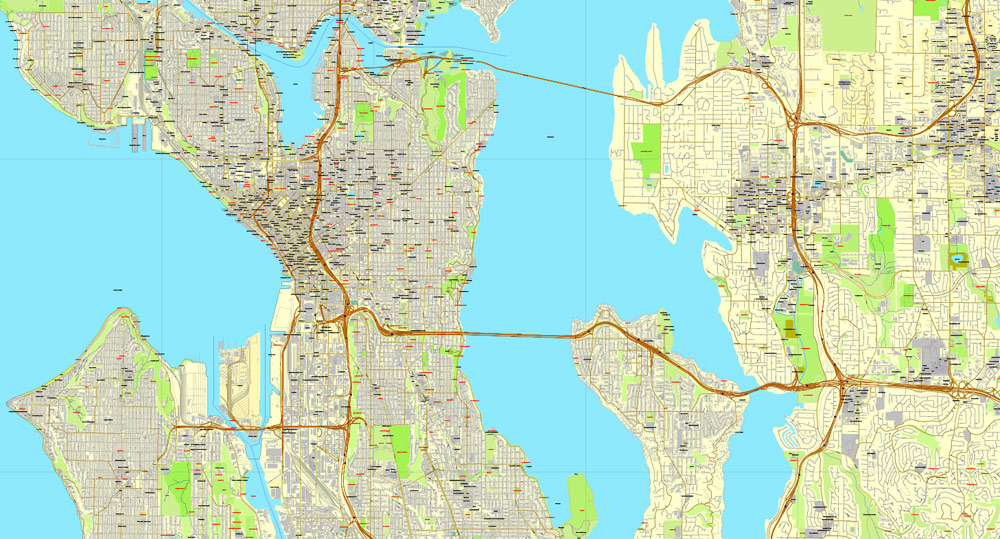
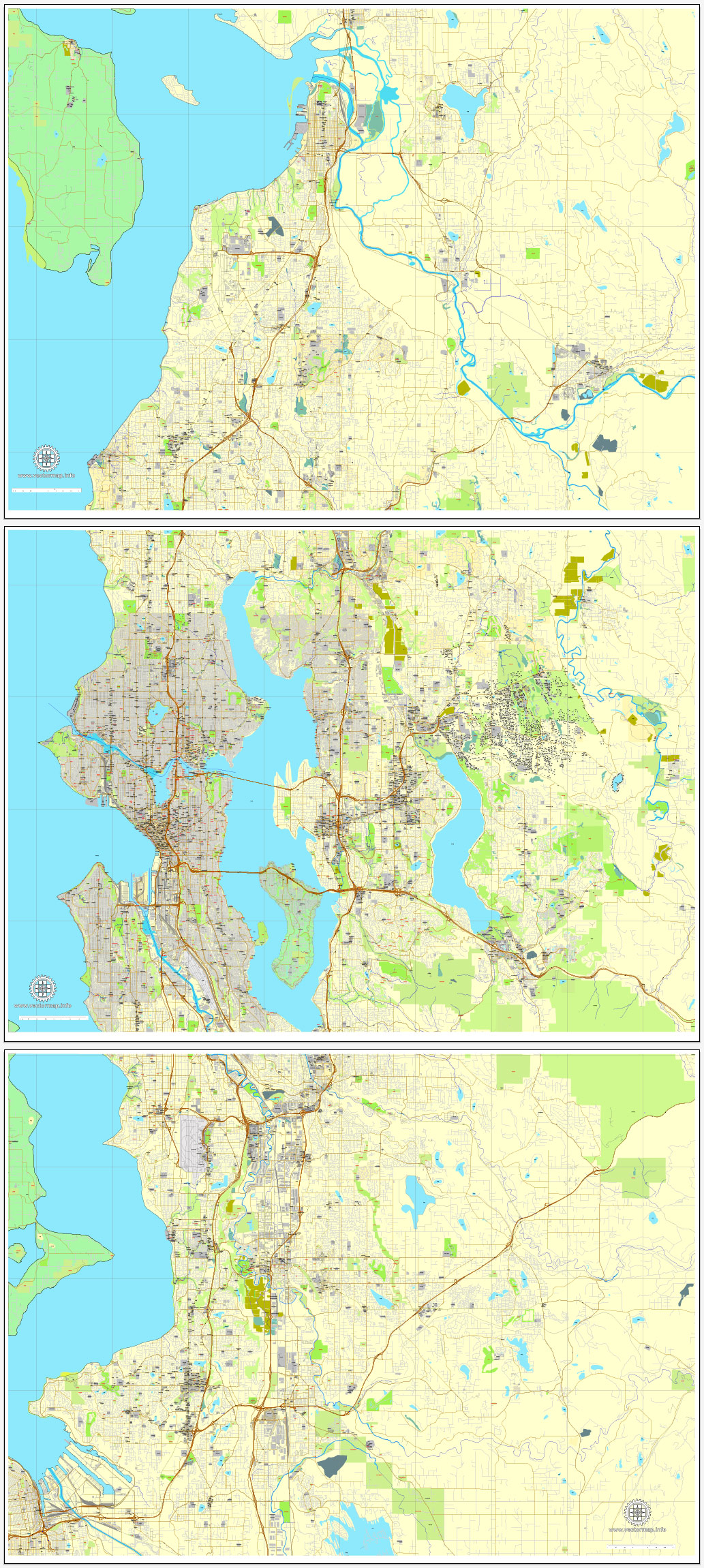
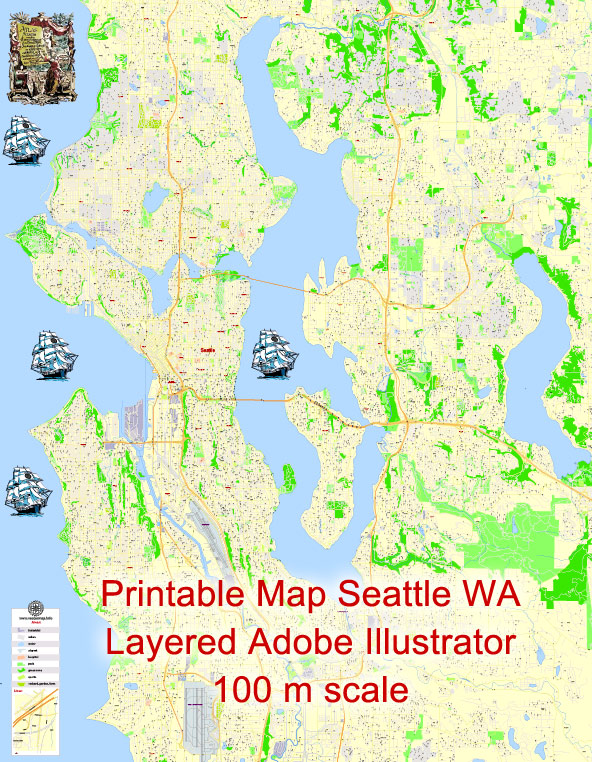
 Author: Kirill Shrayber, Ph.D.
Author: Kirill Shrayber, Ph.D.